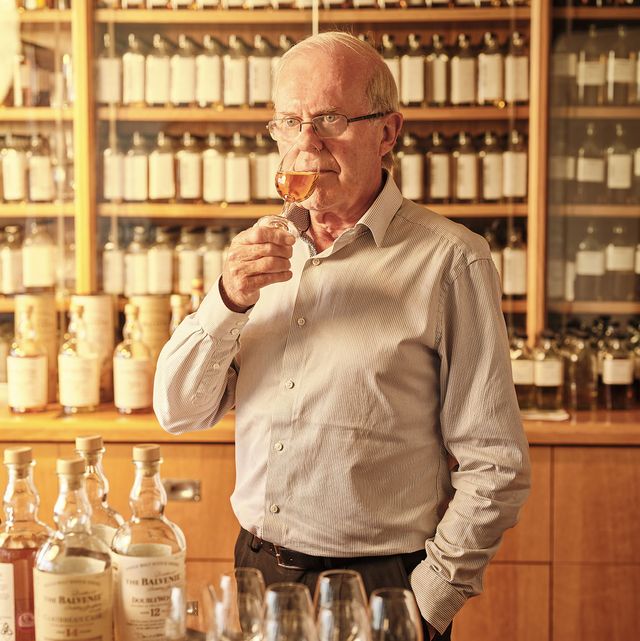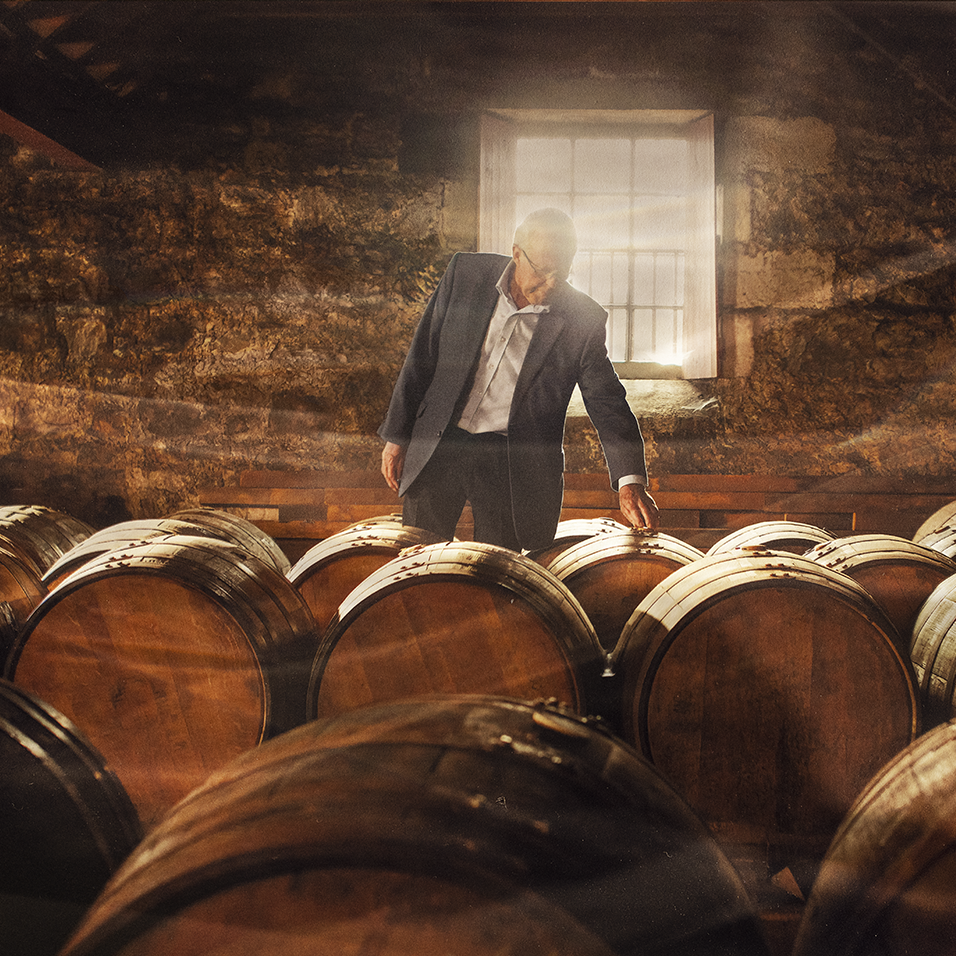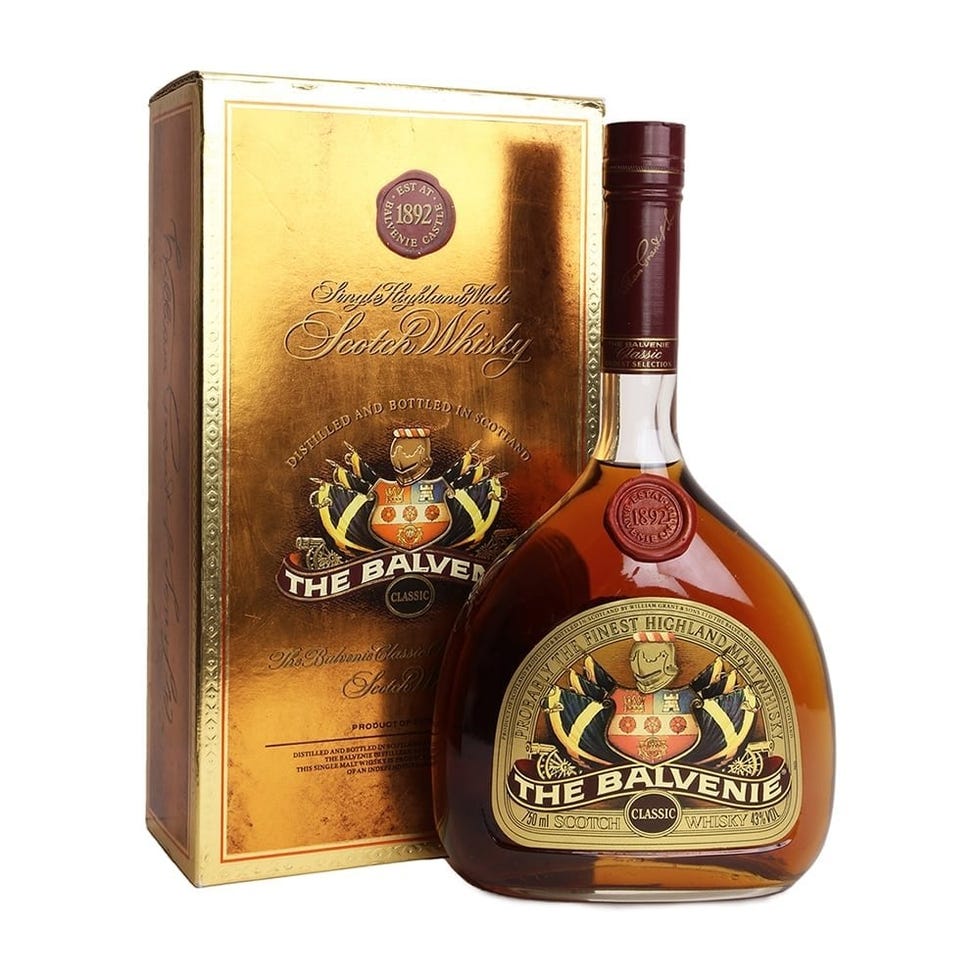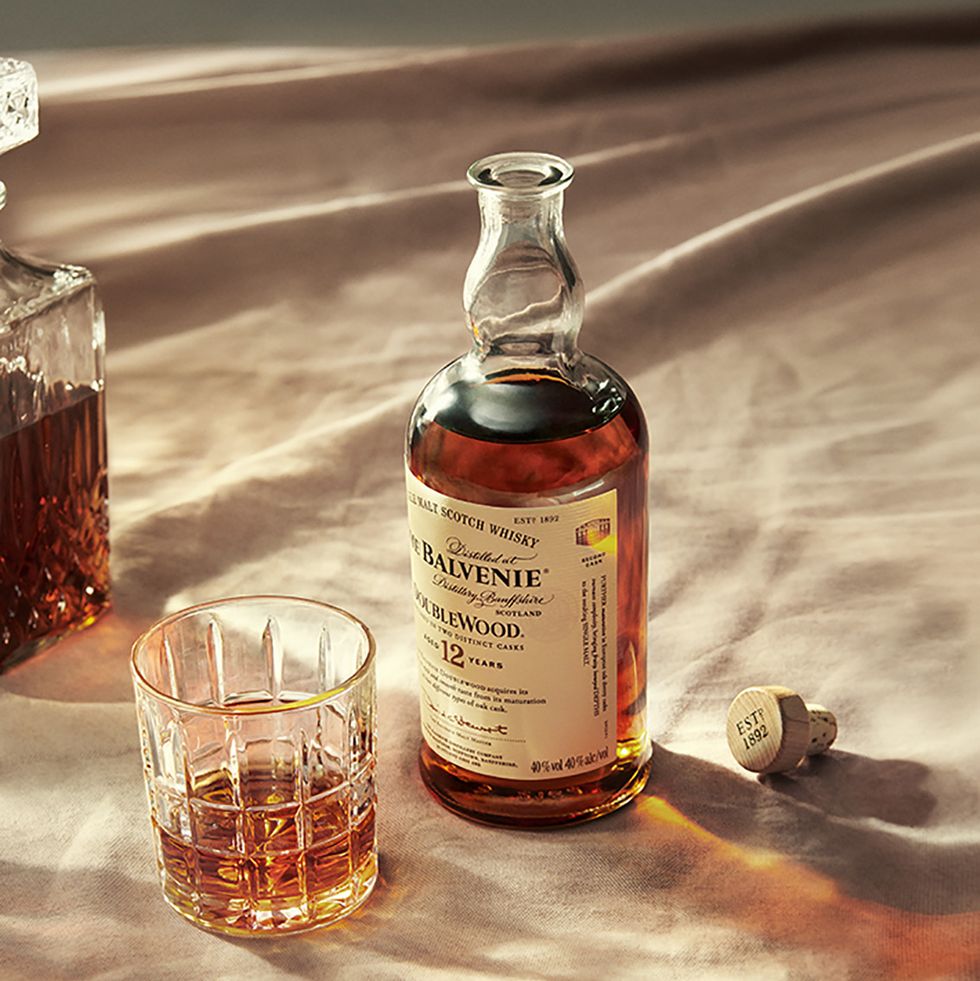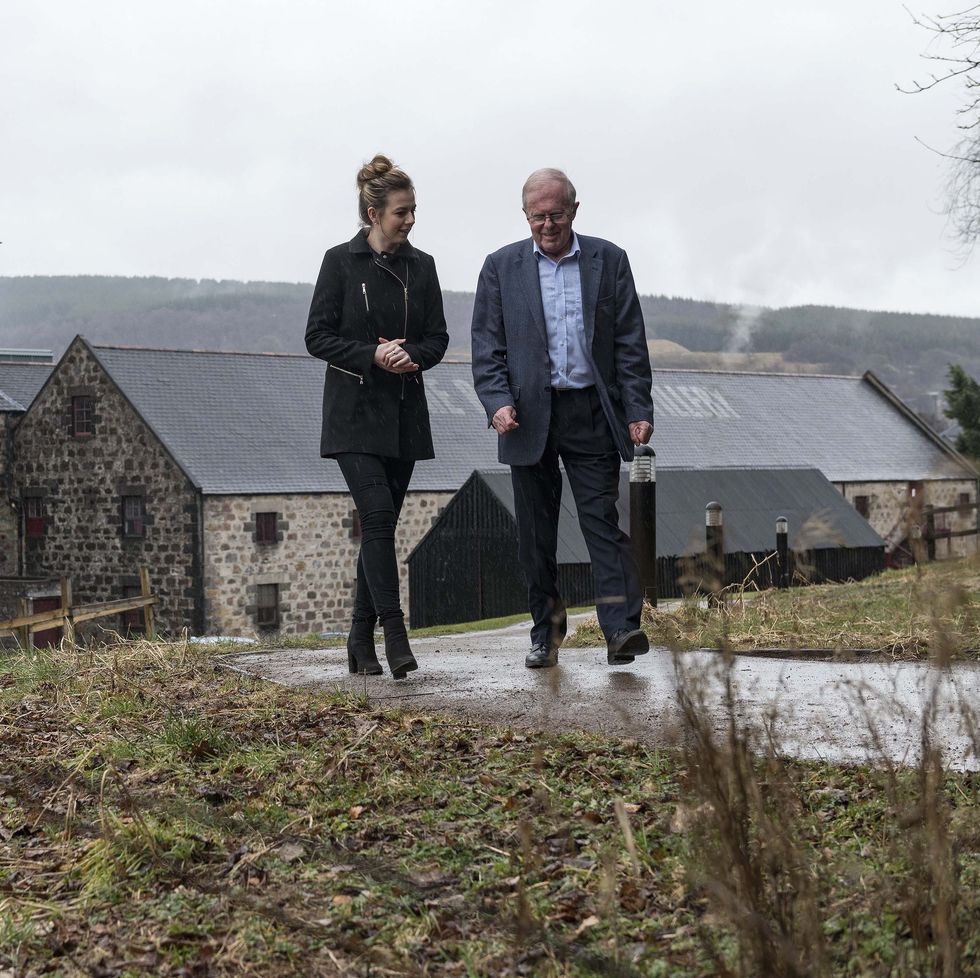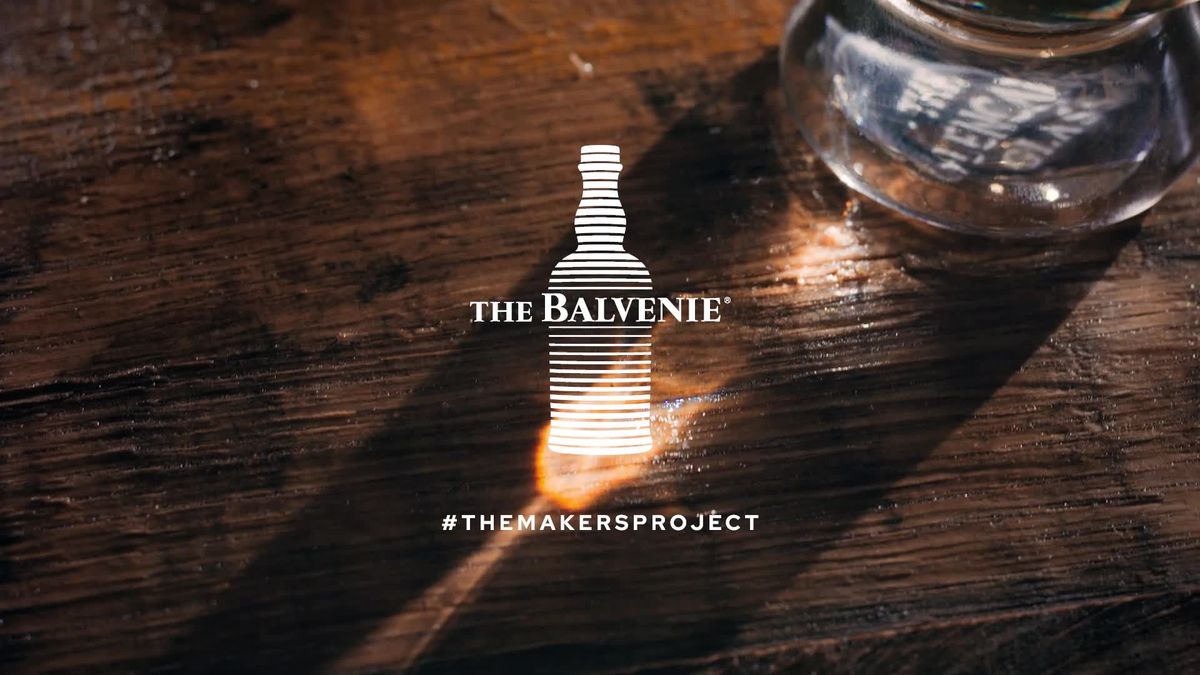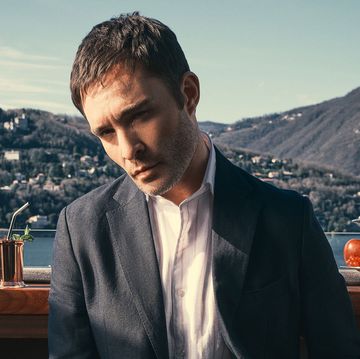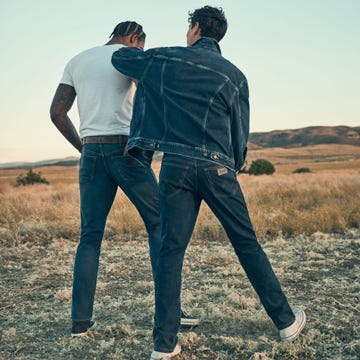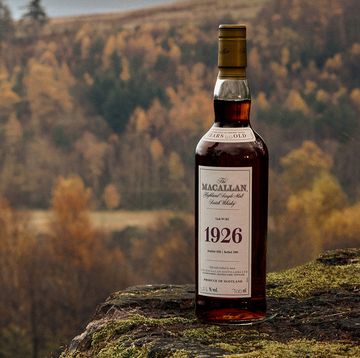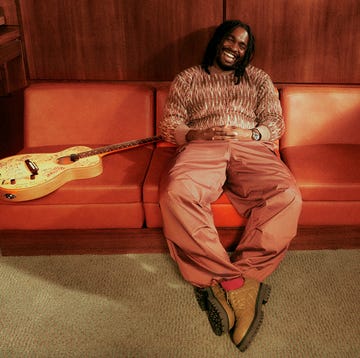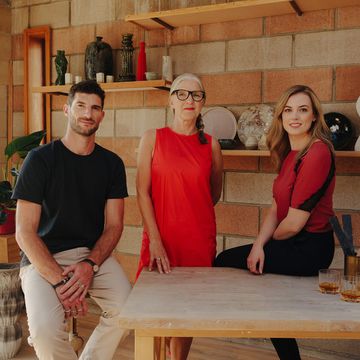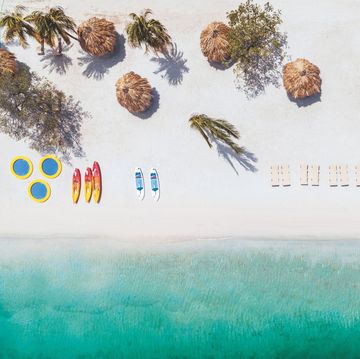If the world of single malt whisky had to declare a spiritual home, then Speyside on Scotland’s north-east coast, would lay a strong claim. With the Cairngorms to the west and those all-important barley fields to the east, over half of the entire country’s distilleries can be found in the region, most within a 15 mile radius.
And yet, despite this intense concentration of 60-odd distilleries, it’s an area known for the variety in its whiskies, each as individual as the people who make it. “There's no one whisky in Speyside that tastes the same as another,” says The Balvenie’s Malt Master David C. Stewart MBE.
If anyone deserves to be heard on the subject, it’s Stewart. After sixty years at The Balvenie (and no, that’s not a typo) he has nosed over 400,000 casks as overseer of the distinct and consistent character that makes The Balvenie what it is.
Now the industry's longest serving malt master, that commitment to his craft, combined with a natural curiosity to experiment, have helped The Balvenie win an unprecedented five Distiller of the Year awards, while shaping the wider industry as we know it today.
The royal seal of approval
It was for this contribution that the normally limelight-evading Stewart found himself travelling to Holyrood in 2016 to collect an MBE from our former Queen, Elizabeth II.
“When the Queen pinned my medal on me, she asked me exactly what I did at The Balvenie," David, now 77, remembers. "I said I spent a lot of time nosing in the sample room, and she looked confused...'Nosing?' she said. I replied ‘I have to sample so many I can't be drinking them all!’”
It was a moment he wouldn’t have dared to envisage when he began a 12 year apprenticeship back in 1962, aged just 17. (Had things not worked out, he says, he might have liked to be an airline pilot.) Such is the way at The Balvenie, where spending your career in one place is more natural than unusual, and passing on your knowledge to the next generation is all par for the course.
A focus on craft
Take a tour of the distillery and you see first-hand an approach that puts its people – many from nearby Dufftown, Speyside’s whisky capital just along the road – and their craftsmanship front and centre. The use of traditional techniques has remained core to the brand since William Grant opened The Balvenie (meaning ‘village of luck’) in 1893 on the site of an abandoned house next door to The Glenfiddich.
“I’d say The Balvenie’s focus on craft is a unique thing,” says Stewart. “We are a family owned-and-operated company, which gives us a lot of freedom.”
It remains one of very few distilleries to use barley grown on its own farm, operate traditional floor maltings to turn the grain by hand, make use of copper stills that help develop its smooth, honey flavour, and have an onsite cooperage developing the casks, which is so crucial for The Balvenie’s distinctive expressions.
“When we start off an experiment it is always quite exciting, nosing something for the very first time and seeing how it is evolving and progressing,” explains Stewart. This freedom to experiment has racked up many notable successes.
The Balvenie Classic
With the launch of The Balvenie Classic in 1983, it was Stewart who led the way with two cask finishing, a process where the whisky is added to a contrasting barrel (like ale, port or, in this case, sherry) for a second maturation to add complexity and depth. Practically unheard of at the time, it’s now a well-established practice across the world.
“The family came to me and said they wanted to have a 12-year-old and an 18-year-old expression of The Balvenie Classic, so I decided to try something a little unexpected,” he says. “I knew there was a huge difference between American oak and European oak so I moved some whisky from one to the other, which picked up colour and richness and spicy notes.”
“We didn't actually tell anyone it was a cask finish,” David explains. “We just said it was a lovely rich Balvenie whisky.”
The Balvenie DoubleWood
Ten years later, the same technique was applied to the The Balvenie’s now famous DoubleWood. “This bottle was to celebrate the distillery's centenary and is on the same wavelength as The Balvenie Classic 12 year old,” David reveals. “This is when the word 'finishes' officially started to be used.”
The DoubleWood’s richness is a result of first spending 12 years in American oak ex-bourbon barrels, which imbue The Balvenie new spirit with a honey-like quality, followed by a second maturation in Spanish oak ex-Oloroso sherry casks for a further nine months – a trick David thought of on his travels around Europe.
“[The DoubleWood] is one of the proudest achievements of my 60 years here,” says David. “It's gone from strength to strength over 25 years to become our flagship bottle. It's not that often that a whisky stays that long in a core range.”
Surprisingly he admits to being naturally impatient, a trait he's had to work on where whisky is involved. “In this industry you need to be patient,” he admits. “Things take time and that’s something you absolutely learn.”
The Balvenie PortWood
His favourite bottle from his six decades at the distillery however – and as it turns out the most award-laden (including Supreme Champion Spirit at the International Spirits Challenge) – is The Balvenie PortWood. The 21-year-old single malt is transferred to 40 or 50 year-old fine port casks, or pipes as they’re called, for a further four months. These pipes are notoriously hard to get hold of, but the results are spectacular.
“A 21-year-old whisky, anyway, is really lovely and smooth,” Stewart says. “And this process adds lovely creamy-raisins-sultanas-winey notes to the whisky. If I'm out for dinner, I'll always finish with a PortWood. It goes very well with a cheese board or poured over a creme brûlée.”
Creating a legacy
Stewart has an important dinner date of his own in London this October to mark his 60 years at The Balvenie, where alongside colleagues and friends, he will be enjoying many of the expressions he has developed. Expressions that have earned him multiple lifetime achievement awards, including an Icon of Whisky by Whisky Magazine and the Grand Prix of Gastronomy.
He’s only the fifth master blender in 130 years, and all have trained their successor, passing on their know-how to the next generation. In this case the baton passes to Kelsey Mckhenie who has been working with Stewart for the past five years. “We are a close knit group at The Balvenie,” he says. “I’ve made a lot of friends within the company, and I’ve learnt a lot from them.”
And they, of course, from him
Find your favourite bottle at thebalvenie.com

